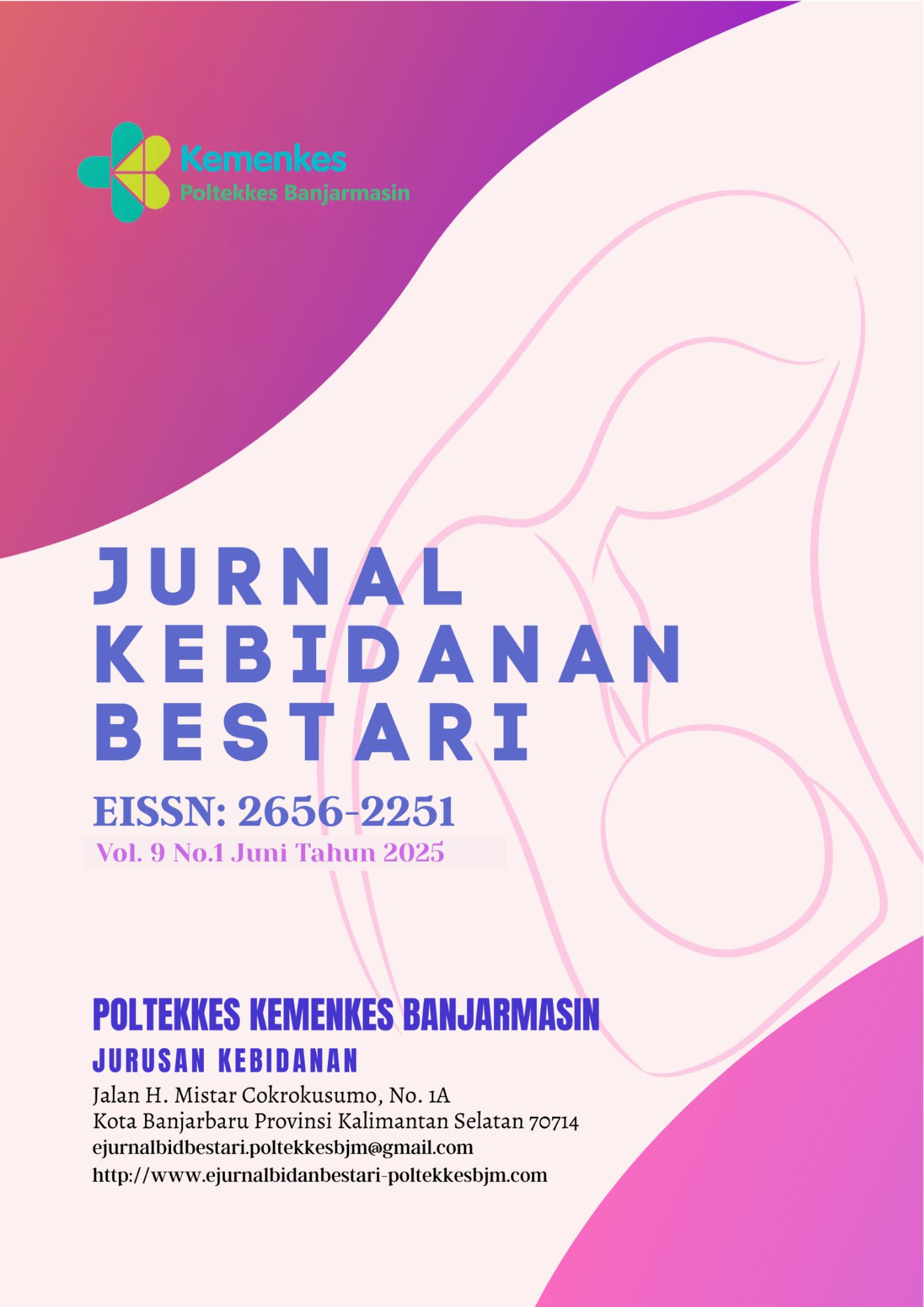The Relationship Between Maternal Anemia, Age, And Parity With Low Birth Weight At H. Boejasin Hospital
Abstract
According to the Indonesian Ministry of Health (2021), neonatal deaths reached 20,154, primarily caused by low birth weight (LBW). Medical records at H. Boejasin Hospital revealed a significant increase in LBW births, from 52 (15.6%) in 2022 to 87 in 2023. This study aimed to investigate the relationship between maternal anemia, age, and parity with low birth weight (LBW) at H. Boejasin Hospital. This analytical descriptive study employed a cross-sectional approach. The population consisted of 379 newborns at H. Boejasin Hospital in 2023 using secondary data, this data uses Chisquer analysis. The results showed that 23% of newborns had LBW, while 37.3% of mothers had anemia. Mothers under 20 or over 35 years old accounted for 31.4%, and those with high-risk parity (1 and >3) comprised 25.5%. Bivariate analysis revealed significant relationships between maternal anemia (p-value < 0.001) and age (p-value = 0.009) with LBW, but no association between parity and LBW (p-value = 0.221). There is an association between anemia and age in laboring mothers with the incidence of Low Birth Weight (LBW) at RSUD H. Boejasin. Pregnant women should understand risk factors and prevention strategies for LBW to mitigate its occurrence.
Published
2025-06-30
How to Cite
Juntika, L., Rafidah, R., Yuniarti, Y., & Hipni, R. (2025, June 30). The Relationship Between Maternal Anemia, Age, And Parity With Low Birth Weight At H. Boejasin Hospital. JURNAL KEBIDANAN BESTARI, 9(1), 1-14. https://doi.org/https://doi.org/10.31964/jkb.v9i1.192
Section
Artikel
Hak Cipta artikel dimiliki oleh Jurnal Kebidanan Bestari













